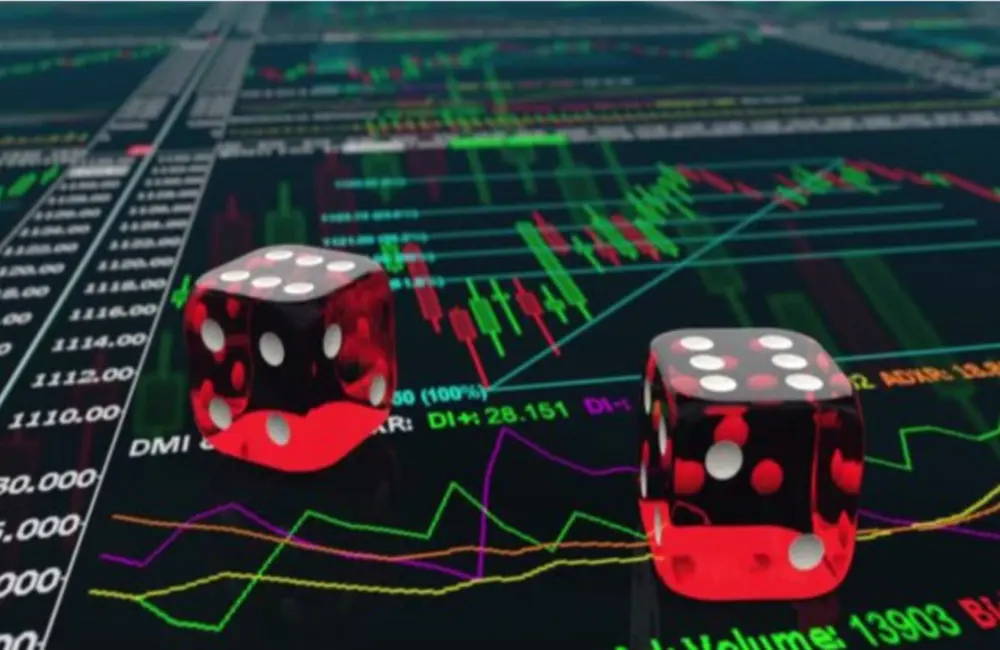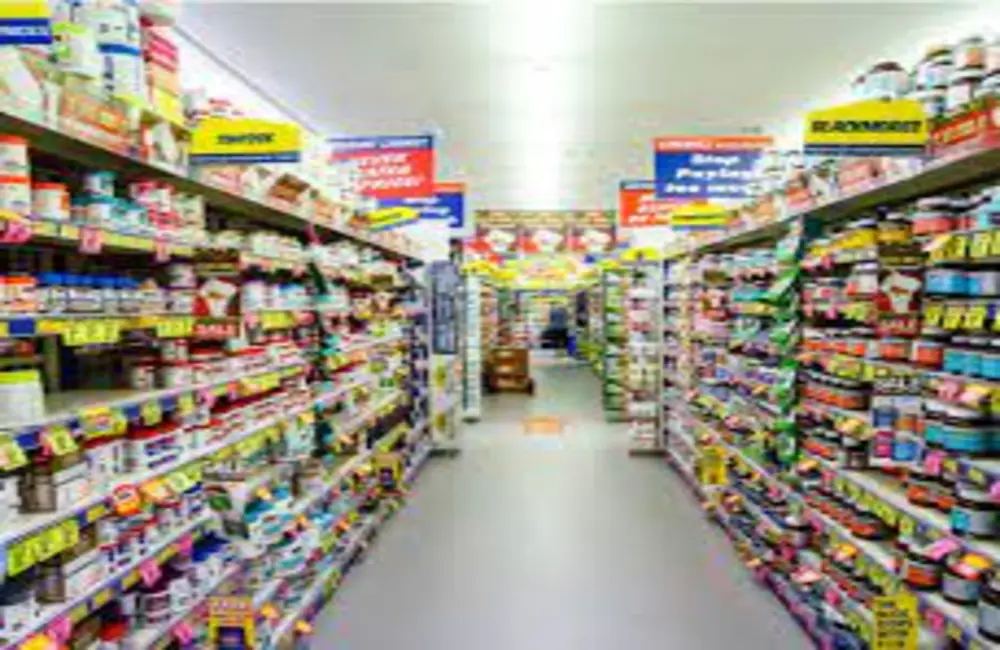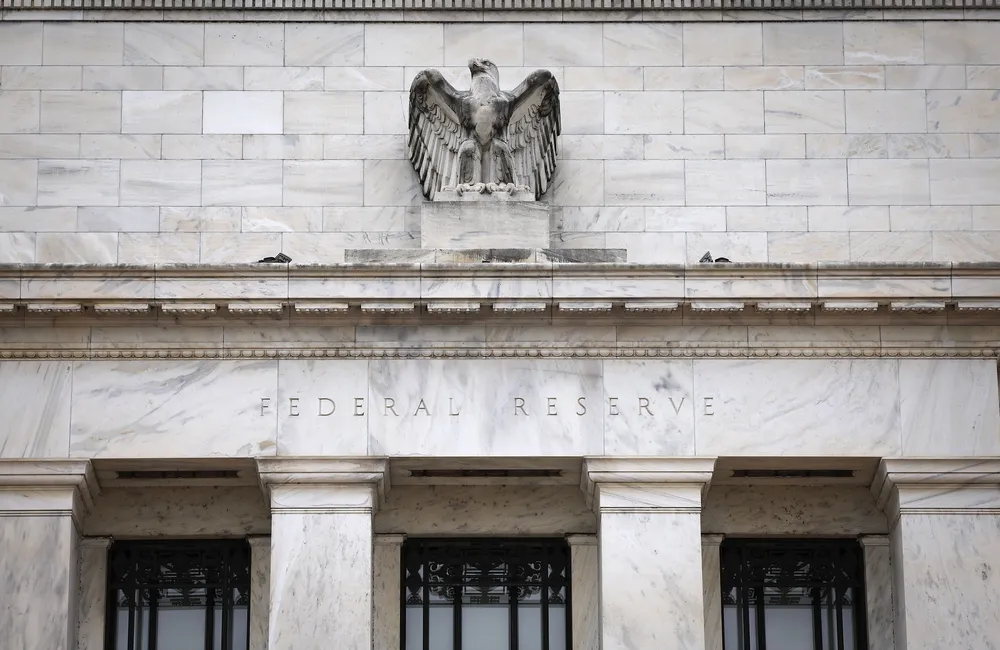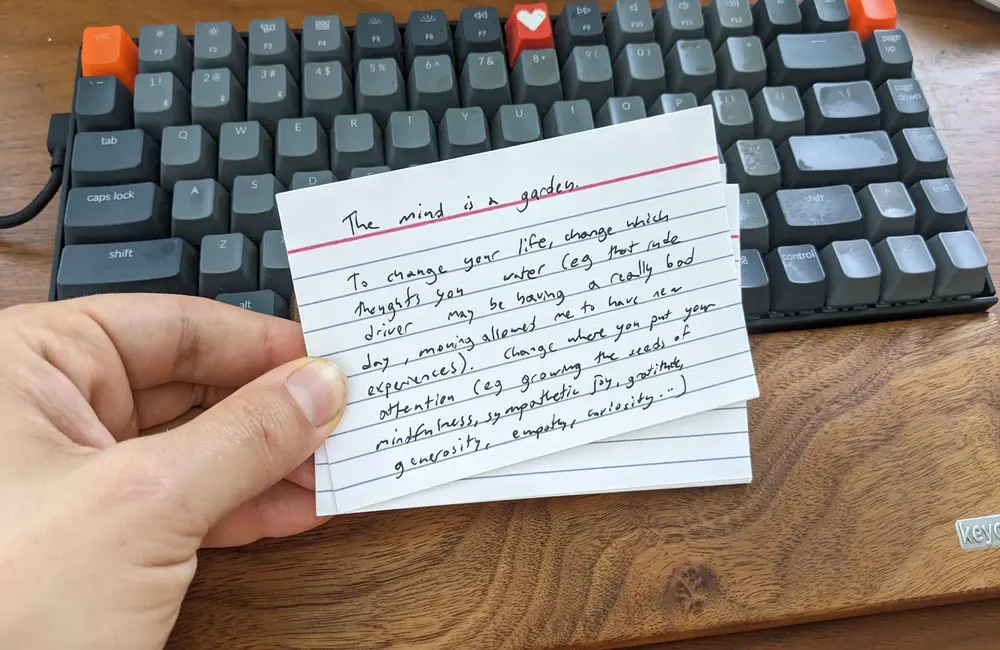It was down 72 points or 1 per cent at 7087 near 8.00 am AEST, according to ASX futures, indicating a negative start to trading.
Futures for the S&P 500 fell nearly 1.3 percent Monday, while Nasdaq 100 contracts fell 1.9 percent and futures for the Dow Jones Industrial Average lost 0.9 percent. US stock markets were shut Monday for Presidents Day.
Overnight in a ceremony at the Kremlin, Russia recognised two separatist regions in eastern Ukraine: Donetsk and Luhansk. Public reaction came soon after he ordered troops into both territories on a "peacekeeping mission". US, UK and European leaders have denounced the move.
The Russian army also says it has destroyed two Ukrainian vehicles that crossed into its territory.
The pan-continental Stoxx Europe 600 dropped 1.3 percent. The MOEX, Russia’s benchmark stock index, plunged 10.5 percent, its largest percentage drop in a single day since March 2014, when Russia invaded Crimea.
The S&P/ASX 200 ended 0.2% higher at 7233.6 on Monday. The benchmark was off 0.9% in early trade as worries over tension in Ukraine weighed, but sentiment turned after the potential talks announced.
The utilities sector was the top performer, up 3.7% as AGL (ASX:AGL) shares soared 11% on takeover interest.
The heavyweight financial sector gained 0.6% and consumer staples up 2.3%, with Endeavour soaring 10% after the drinks and hospitality group posted a better than expected 1H profit.
Tech billionaire Mike Cannon-Brookes and Canadian Asset Manager Brookfield are ready to turn hostile with their $5 billion offer for AGL Energy, an interview in the Financial Times published yesterday says. AGL’s board rejected the $7.50 per share bid on Monday morning, arguing the offer materially undervalued the company.
In Asia, China’s Shanghai Composite and South Korea’s Kospi ended nearly unchanged. Hong Kong’s Hang Seng fell nearly 0.7% and Japan’s Nikkei 225 slid 0.8%.
In commodities, gold futures added 0.3% to $US 1906.20 in a flight to perceived safe havens; Brent crude surged 3.4% to $US96.76 a barrel, and iron ore 4.2% lower at US$140.
On bond markets, the Australian 10-year bond yield fell to 2.21%. US bond markets were shut for Presidents Day. Yields fall when prices rise.
The Australian dollar was buying 71.91 US cents at 8.00 AEST, rising from the last close of 71.74. The WSJ Dollar Index, which measures the US dollar against 16 others, slid to 89.68.
Asia
In Asian markets, Chinese equities closed the session mixed, easing back a bit from a broad upturn last week. The key Shanghai Composite Index slipped 0.15 point to 3409.61 as the multi day run came to a halt. The Shenzhen Composite Index gained 0.6%, while the ChiNext Price Index dropped 0.8%. Technology stocks were some of the best performing sectors, with IT-services providers, telecom-equipment makers and telecom carriers helping to drive the increase. But infrastructure stocks like building materials suppliers and construction contractors declined.
In Hong Kong, stocks retreated as developers slumped after official data showed new-home prices fell for a fifth consecutive month in January. The Hang Seng Index declined 0.6% and the Hang Seng Tech Index fell 2.8%. Henderson Land, Wharf Real Estate Investment and New World Development lost 2.2%, 1.8% and 1.5%, respectively. Technology stocks also bore the brunt of the day’s selling after e-commerce sites operated by Tencent and the Alibaba Group, which fell 5.2 percent and 3.8 percent, respectively, were added to the United States government’s latest “notorious markets” list of entities accused of selling or facilitating the sale of counterfeit goods.
Japanese stocks closed down dragged by electronics shares amid ongoing geopolitical uncertainty over Ukraine. Tokyo Electron slumped 2.9% and Keyence lost 2.7%. Shares of Sharp Corp. slumped 10% after it announced plans to fully take over an unprofitable display affiliate. The Nikkei Stock Average sliced earlier losses to close 0.8% lower after President Biden agreed to meet his Russian counterpart if Russia stands down from a possible invasion of Ukraine.
Europe
European stocks had also slipped into the red, with market sentiment still affected by rising political tensions in eastern Europe. The pan-European Stoxx 600 fell 1.3 percent.
The MOEX, the main Russian stock index, fell 10.5 percent, its largest single-day percentage drop since March 2014 at the time of Russia’s assault on Crimea. Both Ukraine’s hryvnia and Russia’s ruble fell further against the US dollar after Russian President Vladimir Putin said on Monday evening that he would recognize the independence of two Russian-backed breakaway regions of Ukraine. The ruble fell 3.4 percent against the US dollar and the hryvnia dropped 1 percent.
“The European markets are still falling as the threat of war in eastern Europe looms,” IG says.
“Investors, it would seem, remain hell-bent on continued selling, weighed down by the prospect of a conflict between Russia and Ukraine.” And it now appears very likely, so markets continue to be firmly under the cosh.”
The FTSE 100 index in London fell 0.4 percent on Monday.
North America
Russian shares, the ruble and European stocks slumped as oil prices gained as investors grew jittery as tensions escalated between Moscow and the West.
U.S. stock markets were closed Monday for Presidents Day, having recorded declines last week as the prospect of an invasion of Ukraine and the uncertain trajectory of monetary policy dampen sentiment. Futures for the S&P 500 fell nearly 1.3 percent Monday, contracts for the tech-heavy Nasdaq 100 dropped 1.9 percent and futures for the Dow Jones Industrial Average lost 0.9 percent.
Russia’s defence ministry claimed on Monday it had destroyed two Ukrainian armoured vehicles within its territory, although it provided no evidence of ballast. Ukrainian and Western leaders warned that Moscow was looking for pretexts to attack. The concentration of more than 100,000 Russian troops on its border with Ukraine has brought about the biggest showdown between Moscow and the West in years, with the US warning an invasion of its neighbour is imminent.
Brent crude, the global oil benchmark, was up 3.4 percent, to $96.69 a barrel. Gold futures, which have climbed in recent days as investors looked for safe assets, increased 0.3% to $1906.2.
Investors fear that a war between Ukraine and Russia could prolong high inflation in Europe and the United States by disrupting supplies of essential commodities. Russia is one of the largest oil suppliers in the world, the world’s biggest exporter of wheat and a major metals producer. And Ukraine is a top world supplier of corn and wheat.
“Markets really struggle to price geopolitical risk,” said Edward Park, chief investment officer at the British investment firm Brooks Macdonald. “We’ve seen sentiment turn for the worse, then seen a rebound over the weekend. It does seem we're going to have another week of uncertainty.”
Investors are still trying to gauge by how much and how fast the Federal Reserve will hike interest rates to tame inflation. Some Fed officials have pushed back against expectations that they will start raising interest rates in March with a bigger jump in the benchmark rate, while others have kept the option open.






















